Cargo Shifting Back to West Coast Ports
Over the last few years, shippers have been slowly but steadily shifting imports away from West Coast ports to East Coast ports. There are now indicators showing that the pendulum is shifting and shippers are beginning to return to West Coast ports.
There were plenty of reasons for shippers to make the shift away from West Coast ports. For starters, the lack of a contract between the ILWU and the Pacific Maritime Association created the fear for potential labor unrest. There was also the congestion problem. Congestion was expected during the peak season. But, the congestion at West Coast ports had become a year-round problem. Finally, carriers invested millions of dollars into improving services offered through the Panama and Suez Canals. Ships sailing from Asia to East Coast ports were no longer considered warehouses on the water. On the contrary, these ships had become a viable alternative to the congestion and chaos experienced moving cargo through West Coast ports.
So, what has changed? Why are shippers now shifting back to West Coast ports? The primary reason is the elimination of the threat of a strike or lockout. The ILWU and the Pacific Maritime Association agreed to contract terms in August. The weather is also contributing to the shift. Each ship that moves through the Panama Canal requires 200 million liters of freshwater to move it through the canal’s locks. Due to severe drought conditions, the number of ships being allowed to pass through the Canal on a daily basis has decreased significantly. Shippers are opting to bypass the uncertainty of shipping through the Panama Canal and utilize West Coast gateways.
Lastly, the extreme congestion that plagued West Coast ports since 2020 is now under control. Shippers are much more confident today that their containers will move freely through the ports.
Only time will tell whether the shift back to West Coast ports is a short-term trend or a long-term commitment by shippers. It is expected that West Coast ports will slowly win back cargo and increase their market share. Of course, that assumes labor unrest and congestion issues remain under control. If that does not happen, you can expect the pendulum to swing back to East Coast ports.



